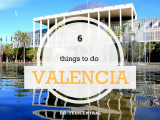
Valencia is the third largest city of Spain, a city that appeals to the lifestyle of its young people, so proud of the traditions and at the same time open to the world that evolves: it is especially noticeable in March, when young people coloring their days during the Las fallas festival and likewise enliven the evenings of the most fashionable disco in town.
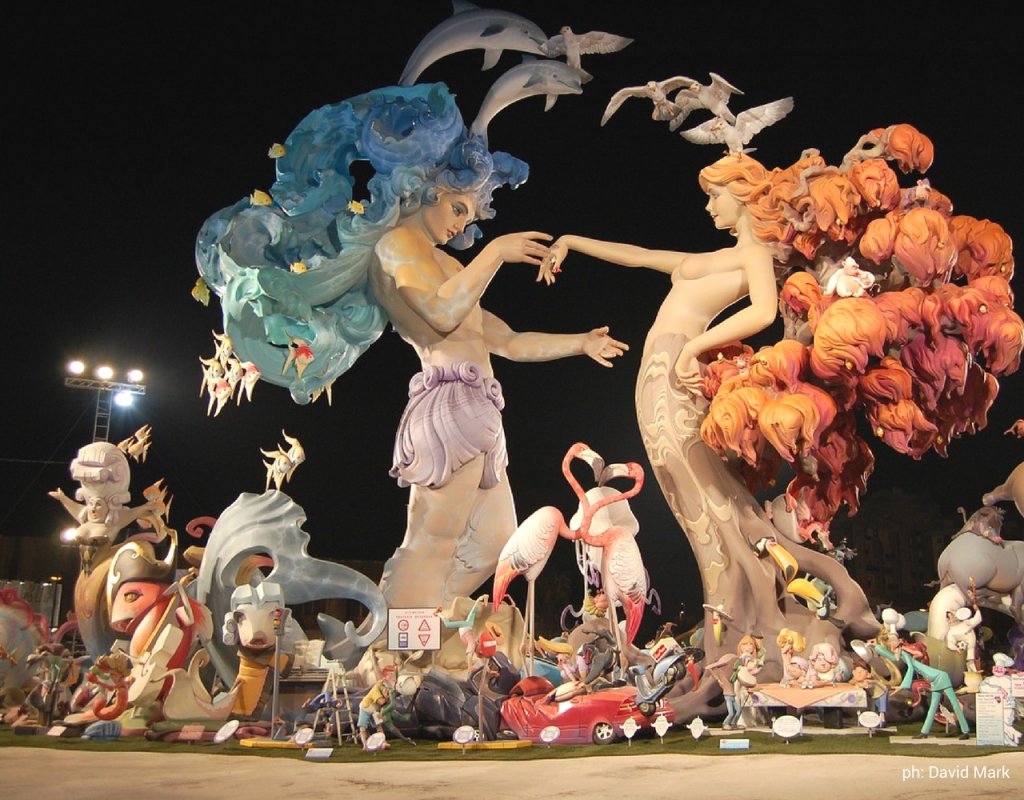
If you are planning a trip to Spain, do not miss the opportunity to visit this beautiful city full of history and entertainment.
We then thought of writing this article on 6 things to do not miss when you're in the capital of the Community of Valencia.
1 Palau de la Generalitat
The Palau de la Generalitat houses the governmental institutions of the Valencian Community. It is a building in late Gothic style, built in 1421, distributed over three floors, where you can admire the beautiful architecture of the period.
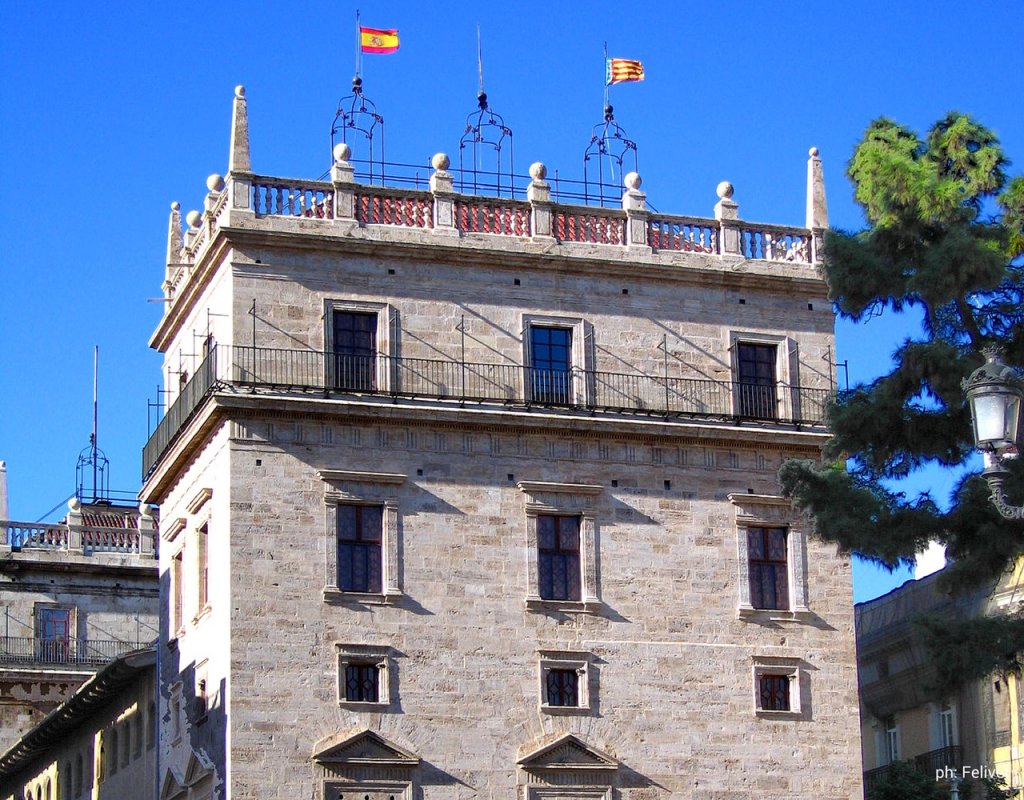
It's open to the public visits only during the holidays, but unfortunately the public access is limited to the ground floor.
2 Valencia Cathedral
The Cathedral is the religious symbol city fore exellence. The original core of the church dates from the thirteenth century. Considering the place where it stands, it is realistic to think that the building is born on the ruins of other constructions.
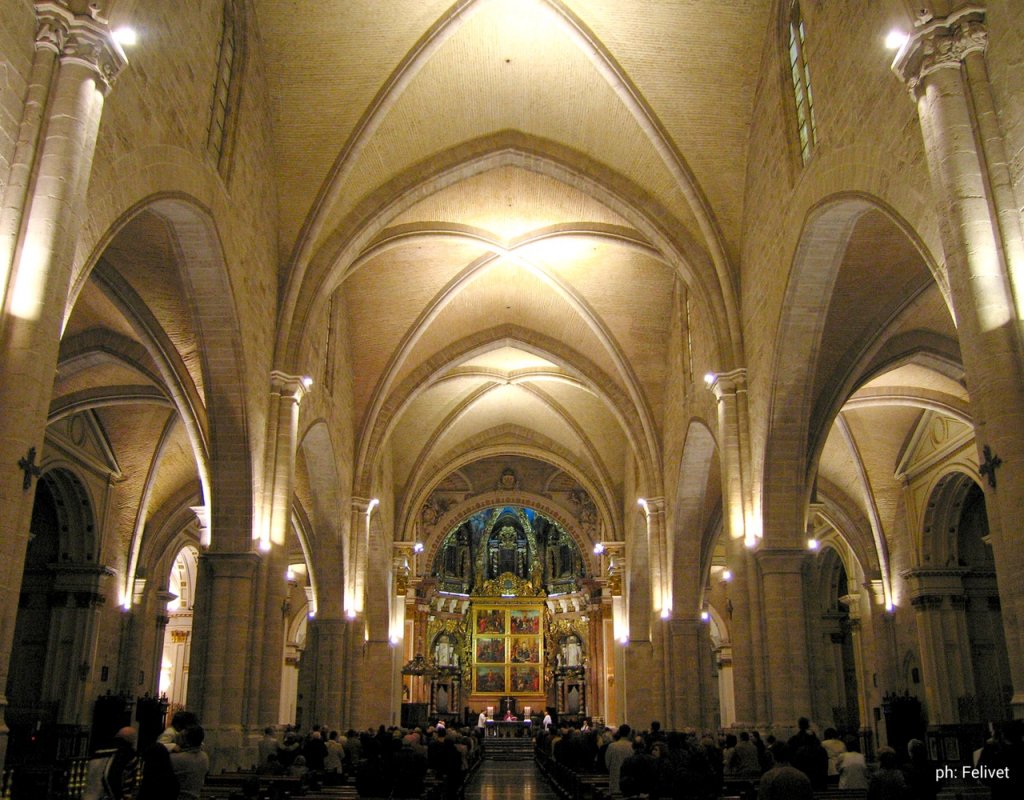
Instead of the church there was once an Arab mosque, demolished after the expulsion of Muslims.
The Cathedral of Valencia holds within it a treasure of inestimable value: the legendary Holy Grail, the cup with which Jesus celebrated the Last Supper and in which Joseph of Arimathea collected the blood of Christ after his crucifixion, exposed in the chapel of the Holy Chalice.
3 Central Market
A city is known by visiting its monuments, along its streets and main squares, but also through its markets. The Central Market of Valencia, in modernist style, with more than 1,000 stalls of all kinds of food.
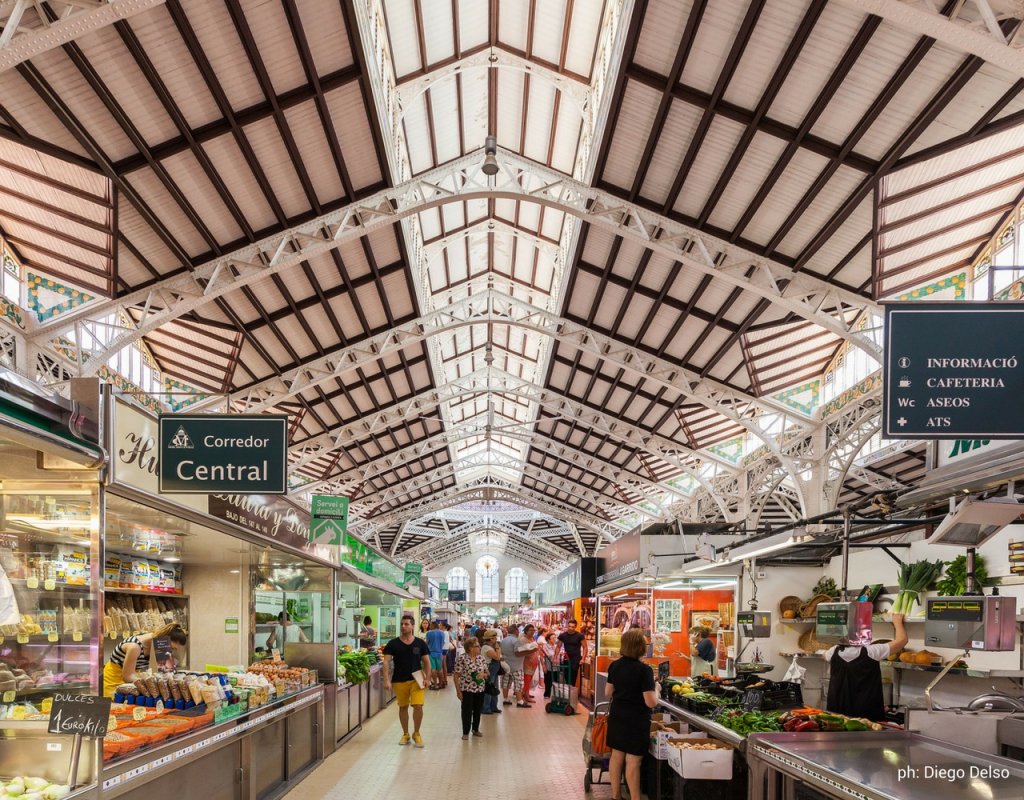
The Spanish markets are famous for their colors and their assiduous, but Valencia is still authentic and, although there are passing many tourists, it is still a real city market where not only the local people go to the grocery store, but is the place where most of the restaurants in town supply!
Open from Monday to Saturday from 7.30am to 2.30pm.
4 The Museum of Art and Science
It is a sort of citadel, one of the largest centers of attraction for tourists, the icon of the city of Valencia. We speak of the City of Arts and Sciences, designed by Calatrava architect, which is divided into four main buildings:
- Hemisfèric, an eye-shaped structure with the eyeball which among other things serves as a giant screen for the countless cinematographic projections;
- the Museo de las Ciencias, where inside there is a series of exhibitions and science-themed displays;
- the Oceanic Park is one of the largest aquariums in the world and inside it houses many different species of fish and aquatic mammals;
- Lastly, the Palacio de las Artes, dedicated precisely to the works of art of Valencia.
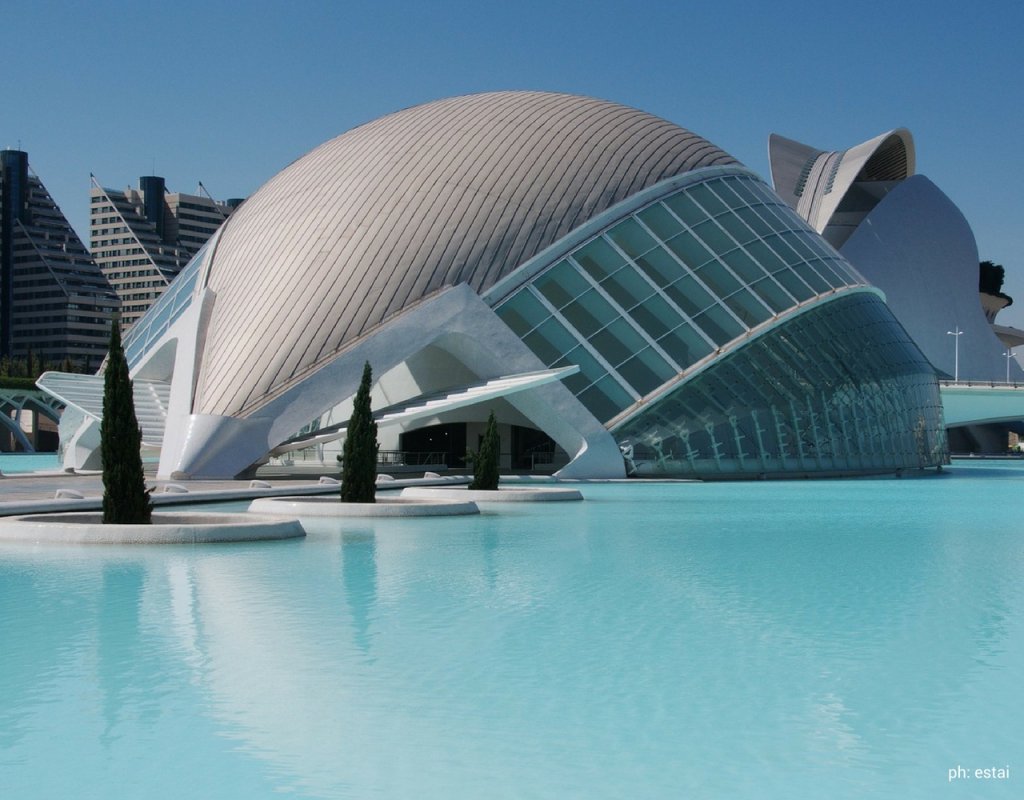
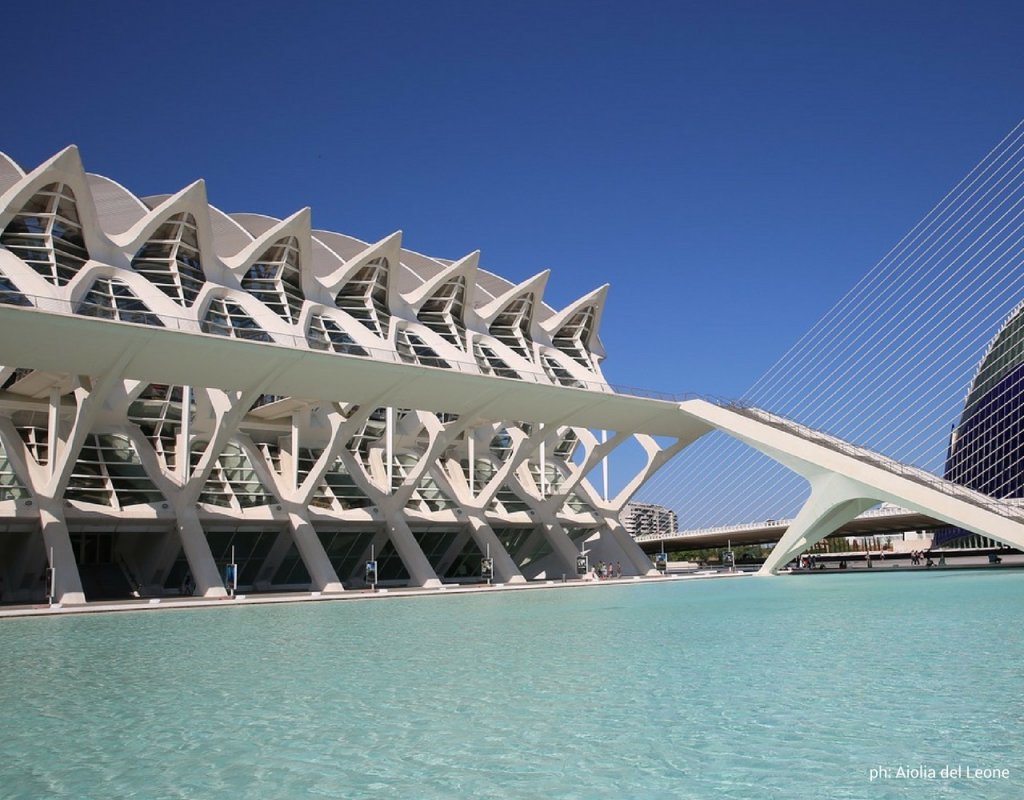
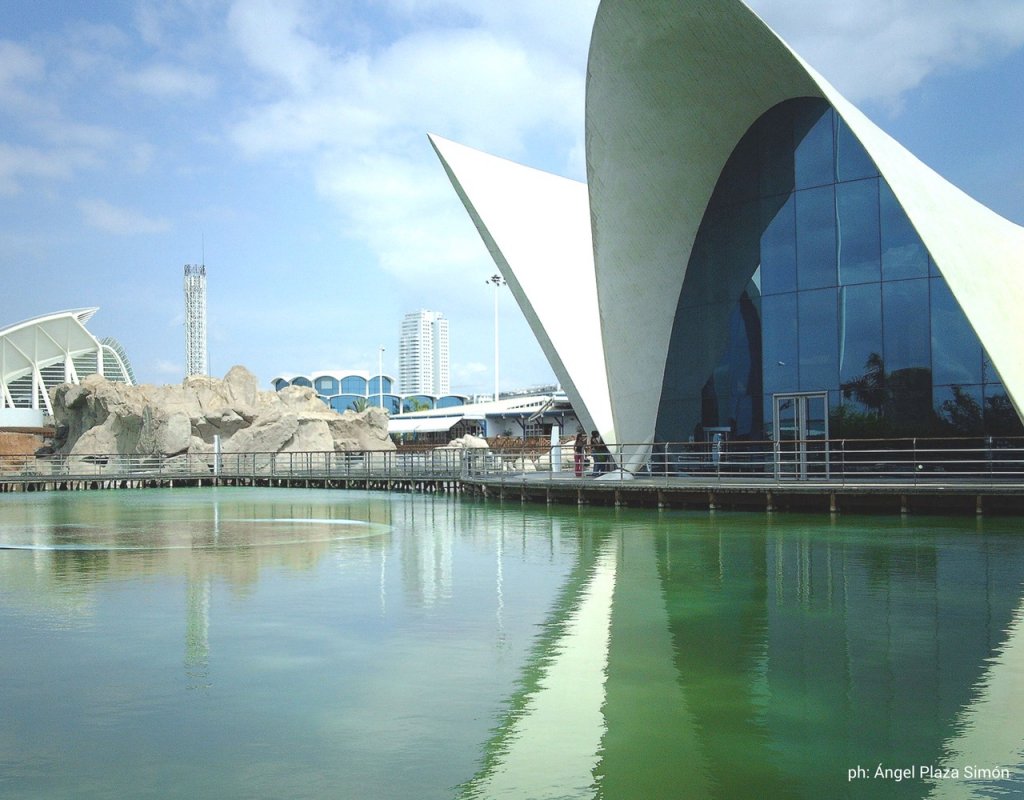
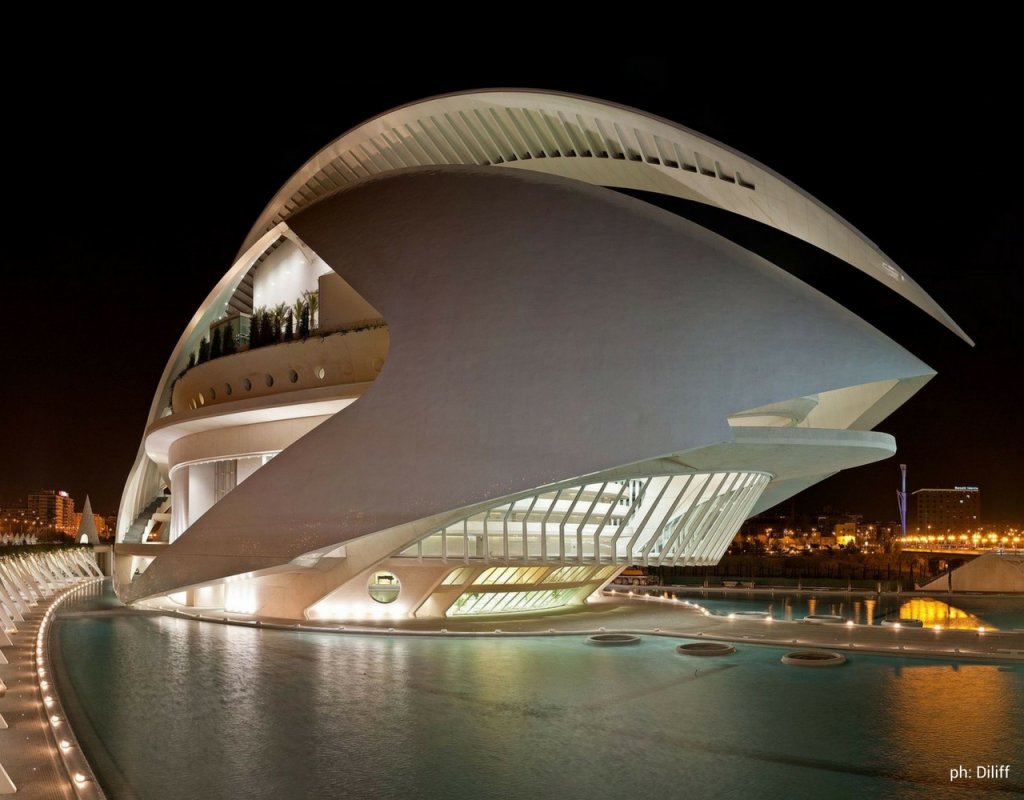
At four just mentioned structures, it is possible to add the Umbracle, which is a very wide covered terrace, from which you can see the beautiful view of the City of Sciences.
5 Eat Paella
This dish, which is internationally associated with Spanish cuisine, is a native of Valencia, and has spread to the rest of Spain only from the late nineteenth century. There are now many variations, but the traditional recipe, which has been named "Paella Valenciana", is served with meat (chicken and rabbit, pork ribs and beef meatballs with pine nuts) and vegetables (mainly tomatoes and snow peas).
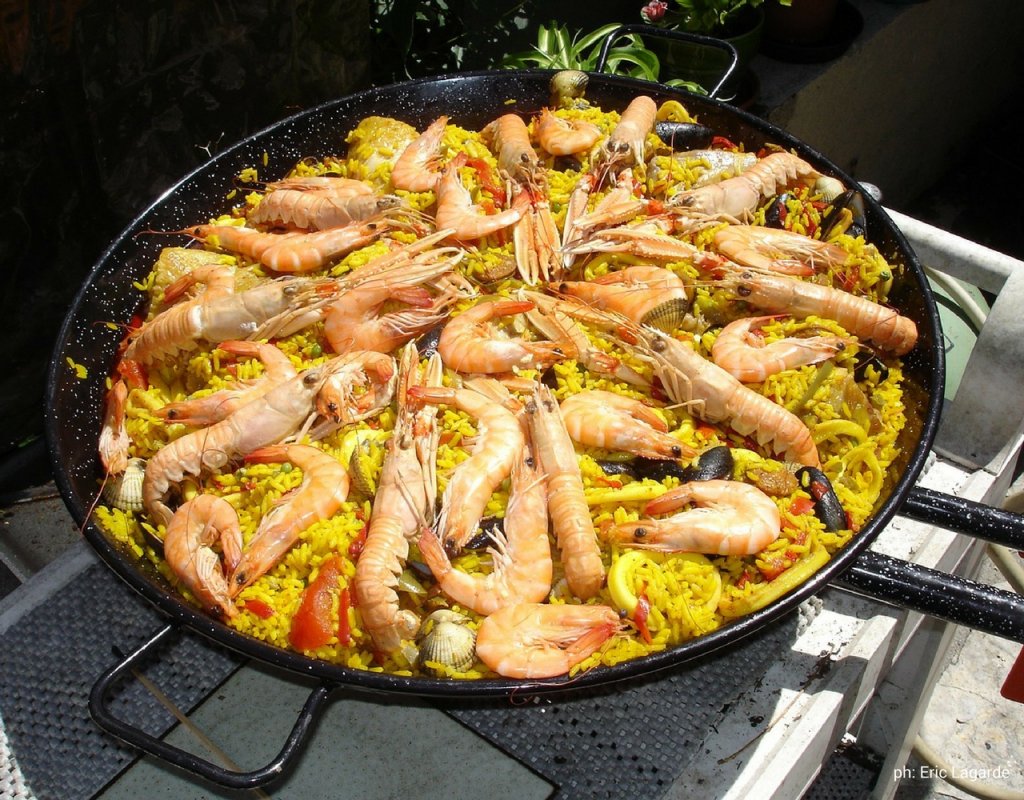
You may also enjoy the horchata, a refreshing drink made with water, sugar and tiger nuts, a tuber of a plant, typical drink of Valencia.
6 Enjoy the Nightlife
Walking through the streets of Valencia, if you ask to any local person about the center of the night life, they will answer the Barrio del Carmen.
One of the most evocative districts of the city, destination of the student nightlife, and a must for the more revelers: ready to drink agua de Valencia (a sparkling wine or champagne cocktail with orange juice, vodka and gin) and sangría directly from carafes , and to enjoy one of the many clubs that populate the area.
Cocktail hour started with a walk through the narrow streets paved with murals, stop for dinner at one of the many restaurants and finish the night in a nightclub or one of the many pubs with live music: make the four in the morning has never been so easy!
Cover Photo By Mathieu Militis

